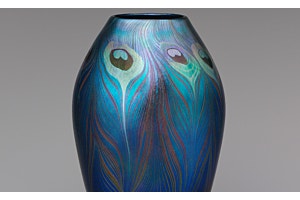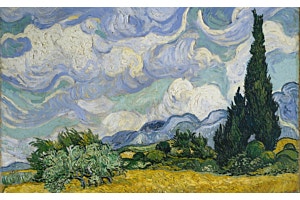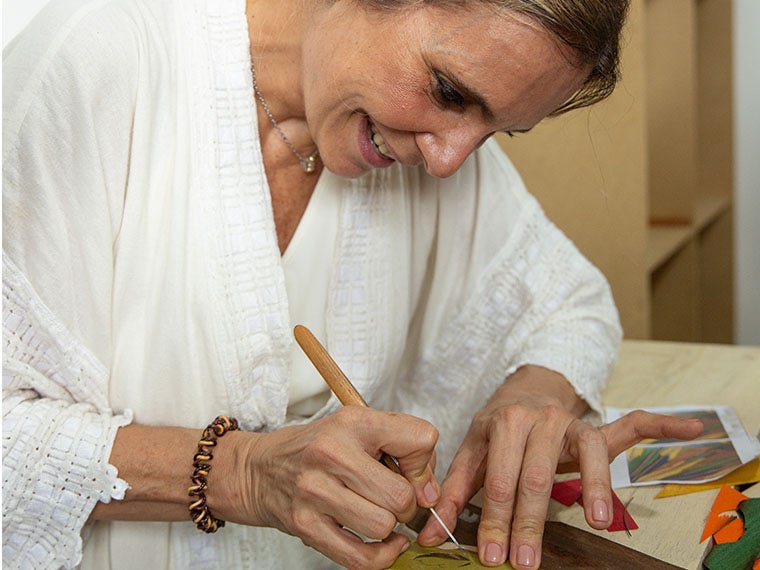
Concurrent with the 10th anniversary of the Museum's reimagined Islamic Wing—15 extraordinary galleries cohesively exhibited as Art of the Arab Lands, Turkey, Iran, Central Asia, and Later South Asia—The Met Store is delighted to present the Heirloom Project. This celebratory initiative commemorates The Met’s exceptional Islamic art collection and assists in the preservation of traditional craftsmanship by engaging with global artisans and designers such as Silvia Furmanovich.
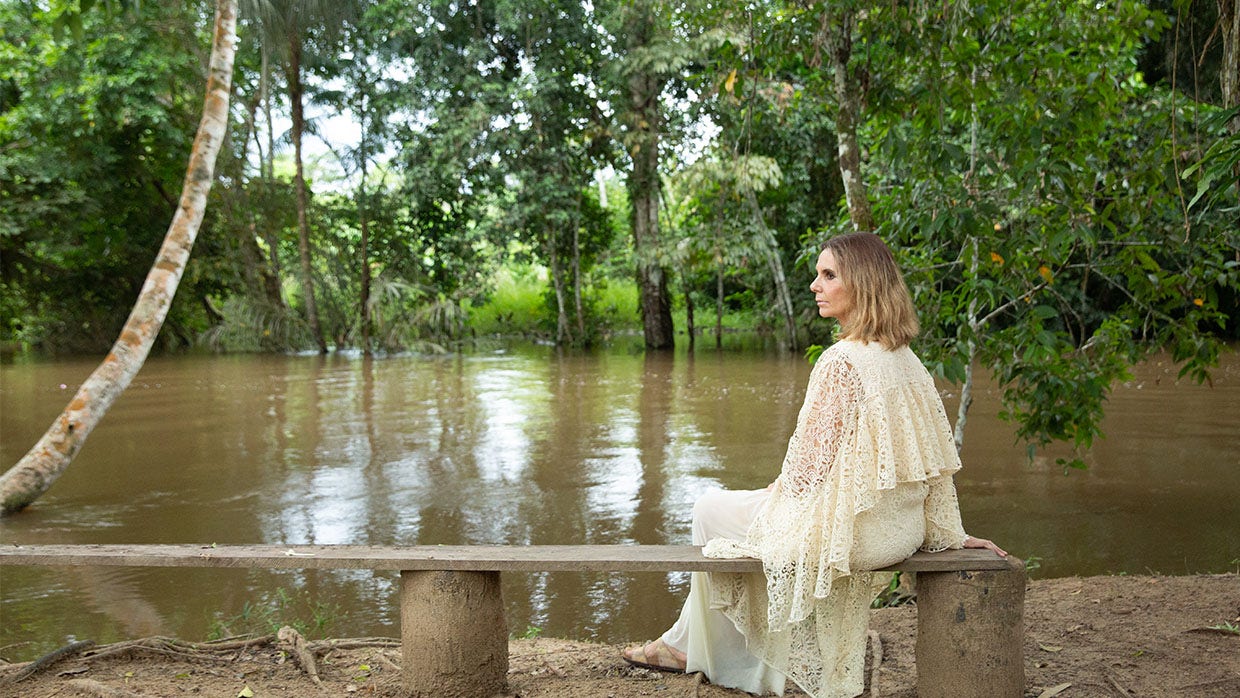

Hailing from a family of goldsmiths, the award-winning Brazilian jeweler has a natural sensibility for design. Her daring creations repurpose the likes of found vintage lacquer and Japanese netsuke (small figurines that attached to kimonos), and incorporate magnificent materials such as diamonds and gemstones, for which Brazil is renowned. Timeless and imaginative, each adornment is a work of wearable art.
We’re delighted to have had the opportunity to speak with Furmanovich about her ethos as a designer and her spectacular contributions to the Heirloom Project.
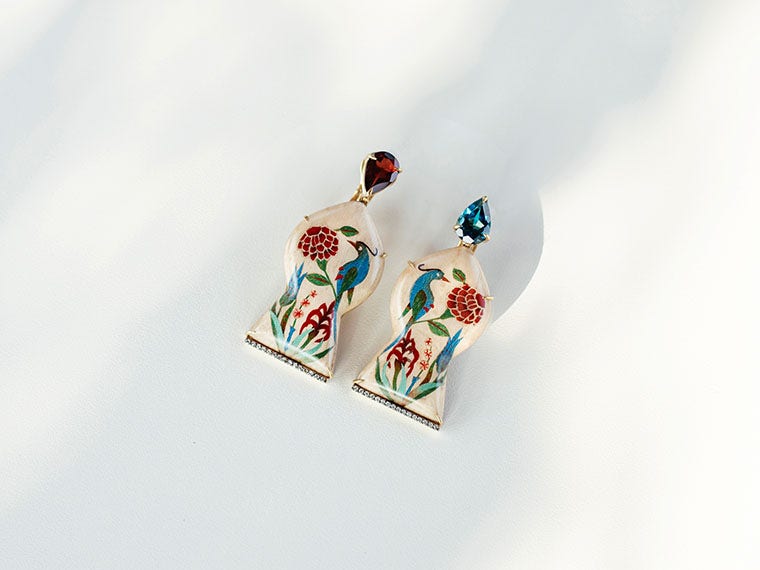

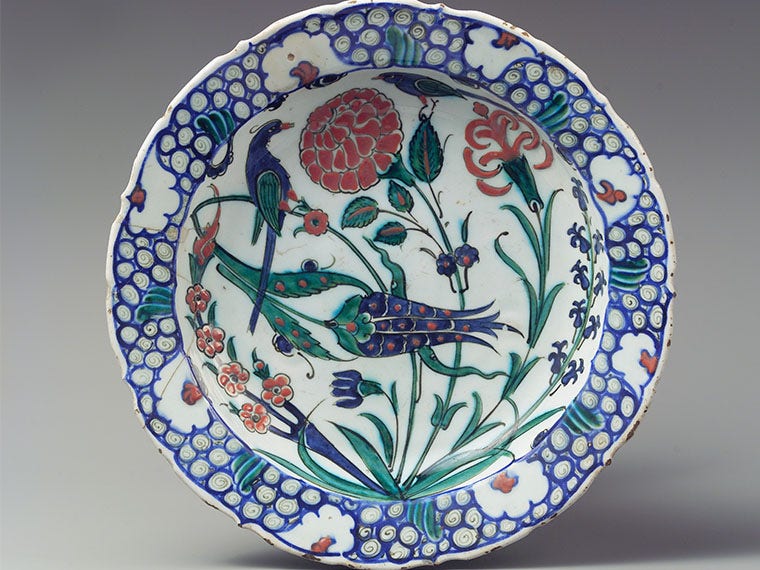

Tell us about yourself and your brand!
My name is Silvia Furmanovich. I am a jewelry designer from Brazil, and my brand was founded on a fascination with craftsmanship, a love of natural and alternative materials, and a preoccupation with global cultures.
What’s your philosophy as a designer?
At time when technological advances are all the rage, I am inspired by exceptional forms of craftsmanship found throughout different cultures. During my travels, I will often meet with very talented artisans who I consider to be guardians of extraordinary skills, which are being forgotten and threatened to disappear. To create objects of lasting value and beauty, I have always sought to collaborate with artisans. I keep going back the places where I create my collections, and always find something new. I encourage artisans all over the world to continue their craft and to push their creative limits.
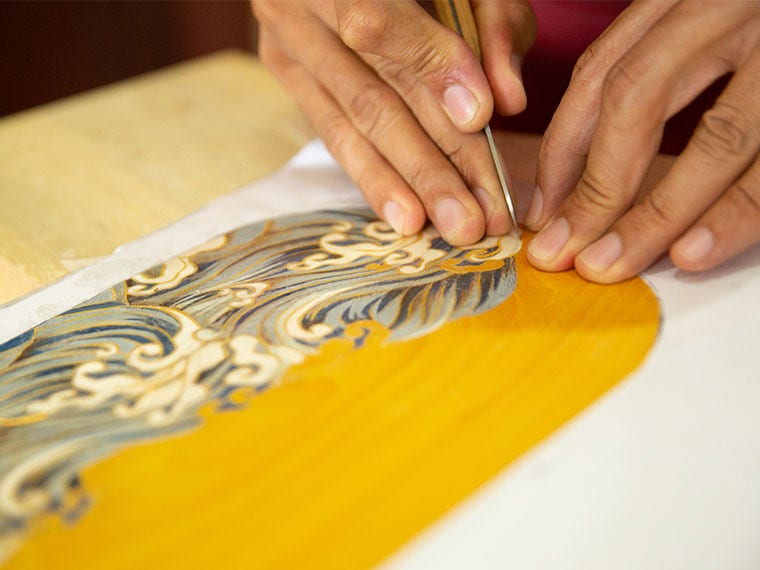

How does that philosophy factor into the items you produce?
I am interested in incorporating techniques made by hand into my work that are not traditionally associated with jewelry. I tend to draw on varied cultural and historical references and traditions, reimagining and refreshing them through a comprehensive exploration of materials and techniques. Throughout my career, I have explored wood marquetry to celebrate Brazil’s rich flora and fauna; Mughal romance portrayed through Indian miniature painting (a technique that I discovered at The Met’s 2016 exhibition, Divine Pleasures: Painting from India’s Rajput Courts); Japanese bamboo basketwork, reinterpreted using Amazonian bamboo; and jewels set with antique Roman micro-mosaics, an homage to my Italian heritage. I am also interested in the bold use of color, which comes through an infinite variety of colored gemstones found throughout Brazil.
Can you talk a bit about your contribution to the Heirloom Project?
The Metropolitan Museum of Art’s exhibitions and permanent collection have served as an endless source of inspiration for my work. In the past, I have researched techniques and motifs from works in the Museum, which I incorporated into my jewelry collections. When I was invited by Madeline Weinrib to participate in the Heirloom Project, I was thrilled to have access to The Met’s archives of Ottoman-era tiles and ceramics, many of which used to embellish the mosques and palaces of Istanbul throughout the centuries. I created two pairs of earrings and a clutch using wood marquetry. I am so honored and humbled to contribute to a project that commemorates The Met’s Islamic art collection, supports the Museum, and preserves traditional craftsmanship, which is at the core of what I believe in.
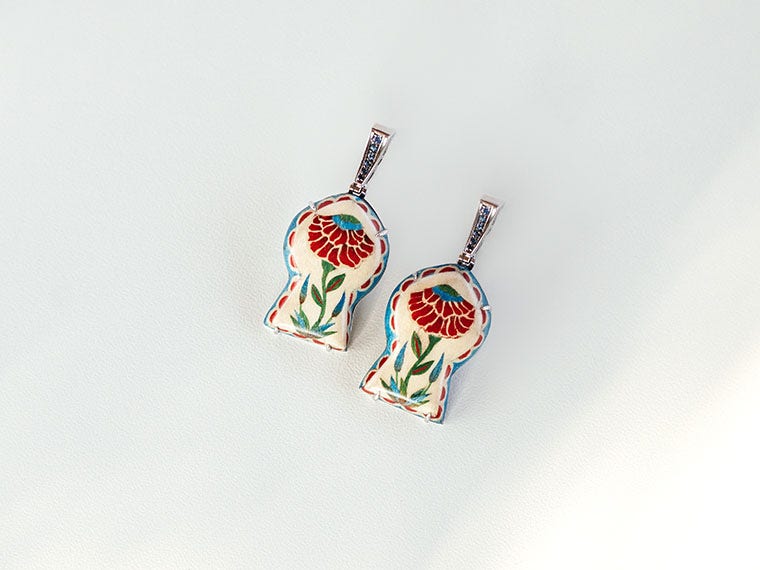

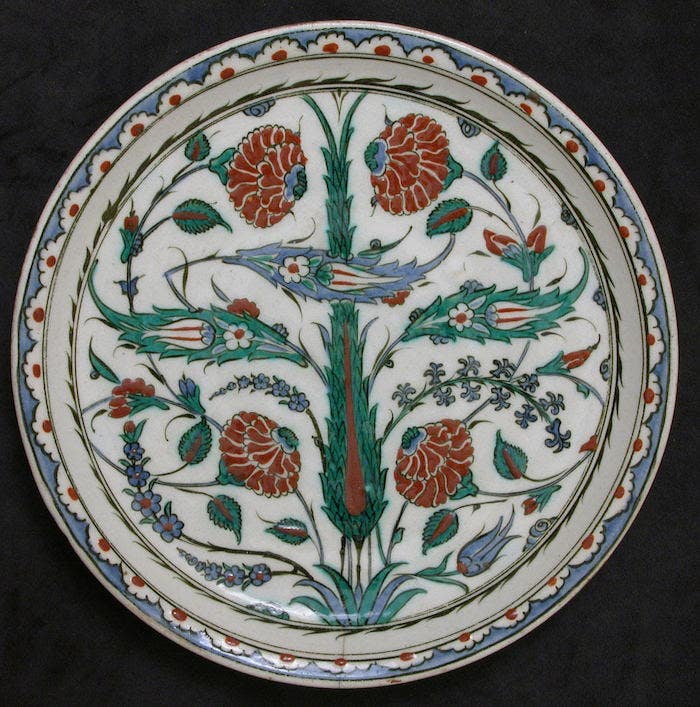

What excites you most about the Heirloom Project?
The Met presents over 5,000 years of art from around the world. This means there is an almost endless source of inspiration that could be used to create new designs for the project. Through Madeline Weinrib’s curation, we also got to discover the incredible work of colleagues and artisans, which was very exciting!
Is there anything in particular that you hope the public will learn from or appreciate about this initiative?
I hope the pieces we created will communicate the cross-pollination of cultures, which is so central to my work. Our pieces for the Heirloom Project included Iznik tiles and dish patterns translated into wood marquetry, a traditionally European woodwork technique used in the decorative arts. One of my favorite rooms in The Met is the Palazzo Ducale di Gubbio, which is a fabulous encapsulation of this technique. We work with an exceptionally talented community of marquetry artisans in the Amazon rainforest, who incorporate native Brazilian woods into the work. I hope the public will be inspired by this mixture of cultures and the preservation of craftsmanship.
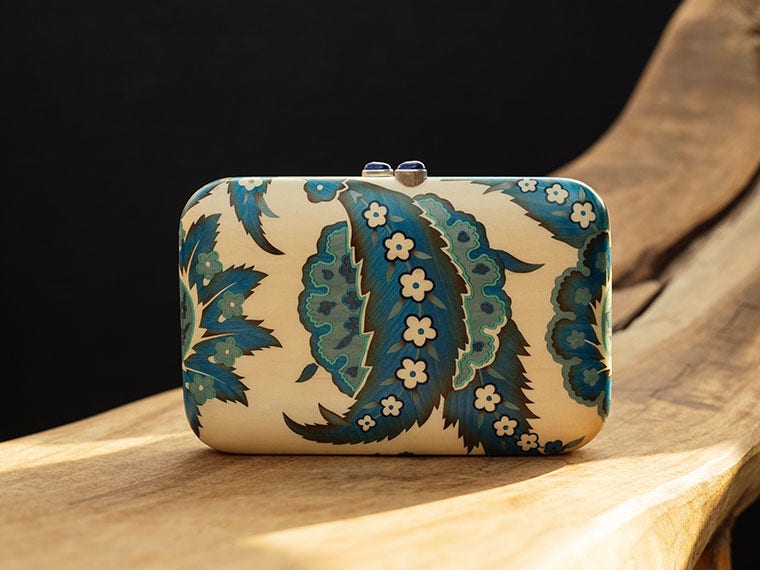

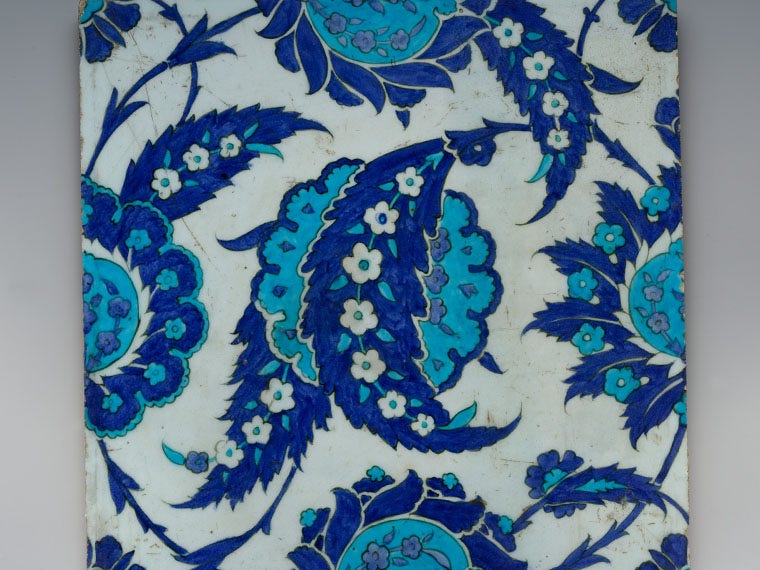

Where else do you typically derive creative inspiration from?
Wherever I can get on a plane to another country!
What's next for you?
This summer/fall, we are debuting a very special new collection inspired by the Silk Road. The collection was born from a trip earlier this year to several cities in Uzbekistan, where the Silk Road played an important role throughout history. The collection will feature new materials such as silk, and the representation of the textiles I discovered within exquisite ikat and suzani textile traditions, but also reflects the exchange of ideas and concepts, which has been a defining thread in my work.
If you’re interested in placing a preorder for the Silvia Furmanovich pieces shown above, please contact Reshma at 212-650-2850, Monday–Friday, 9 am–5 pm, or leave a voice message after hours, and she will get back to you as soon as possible.



